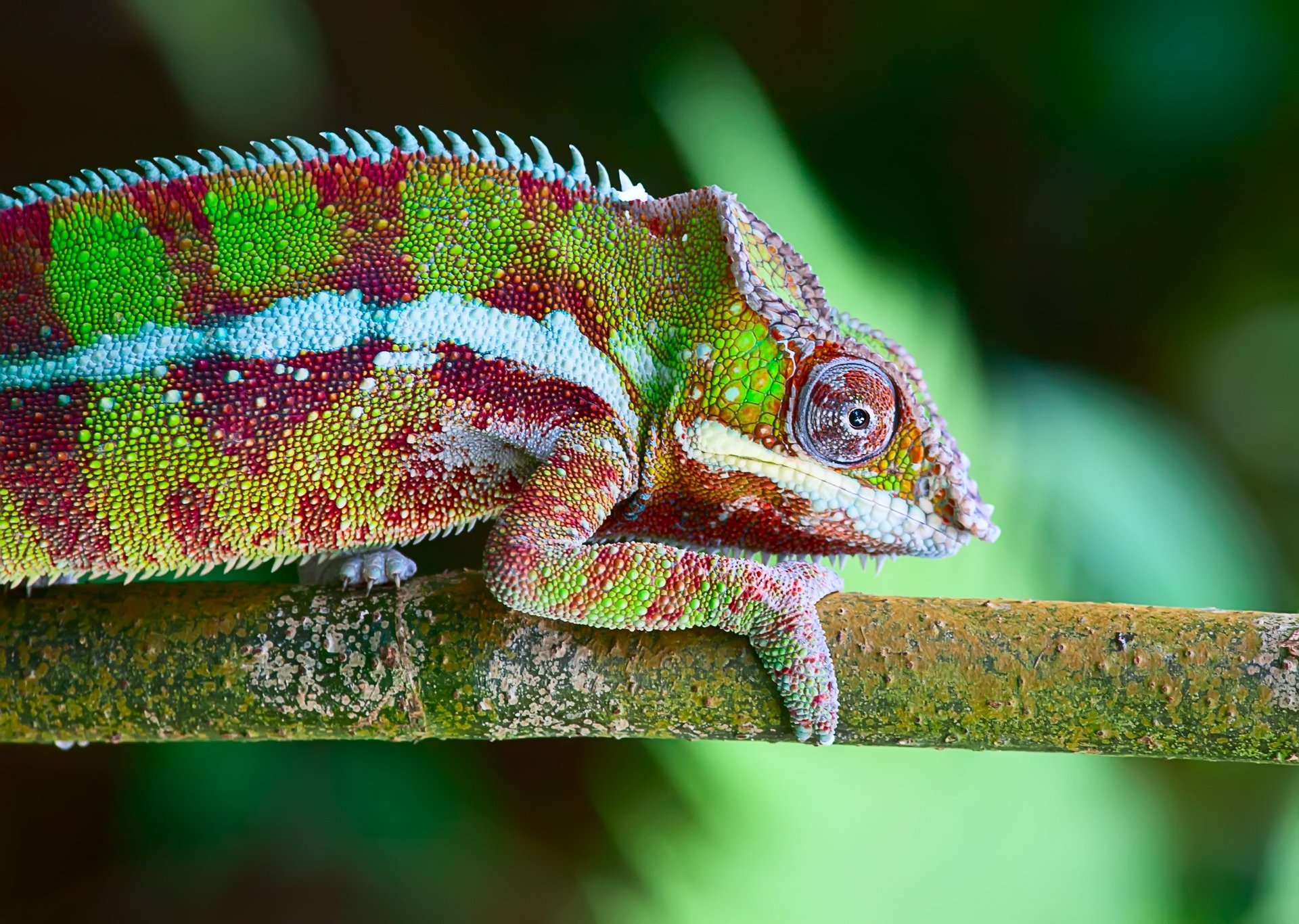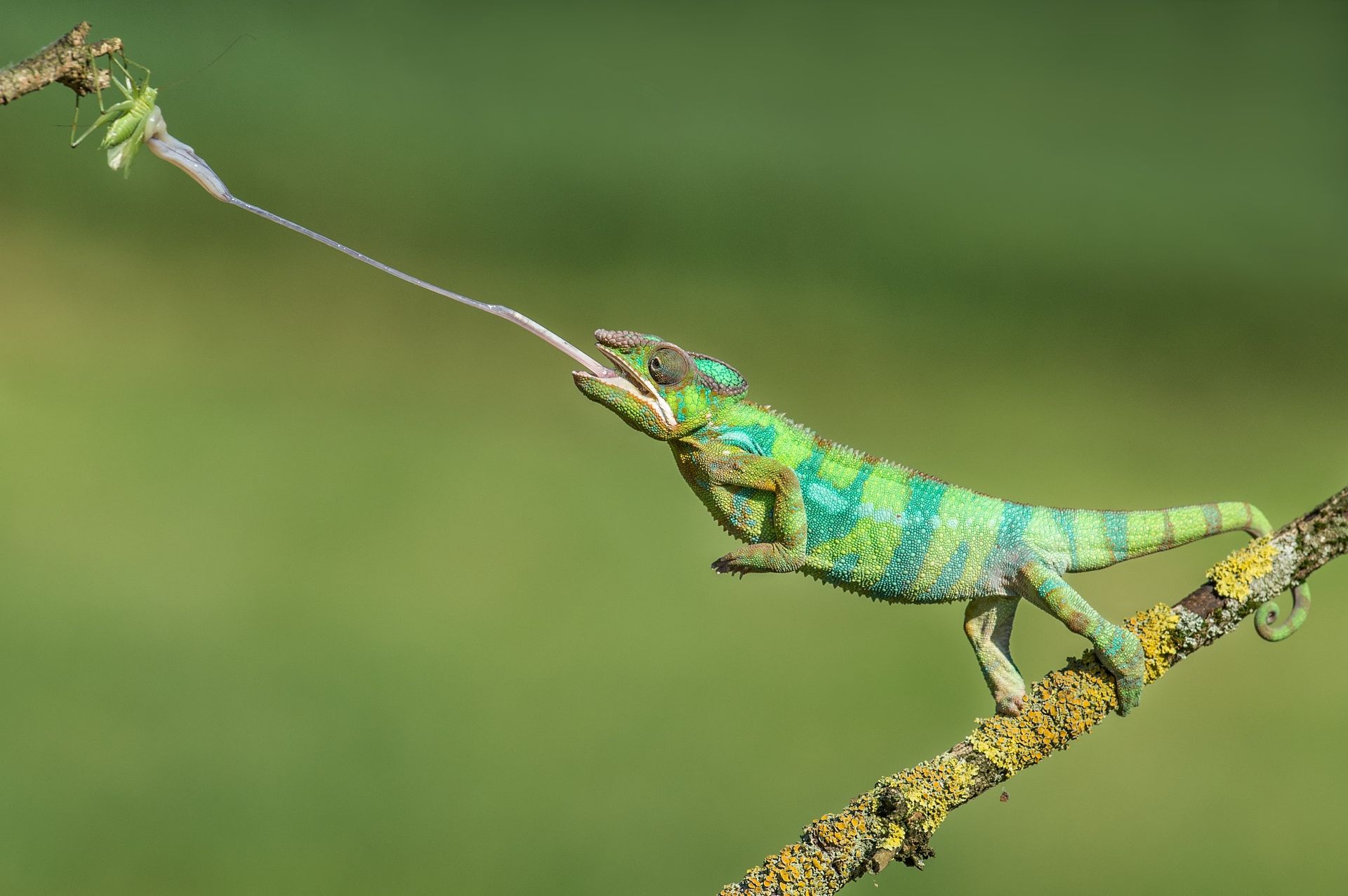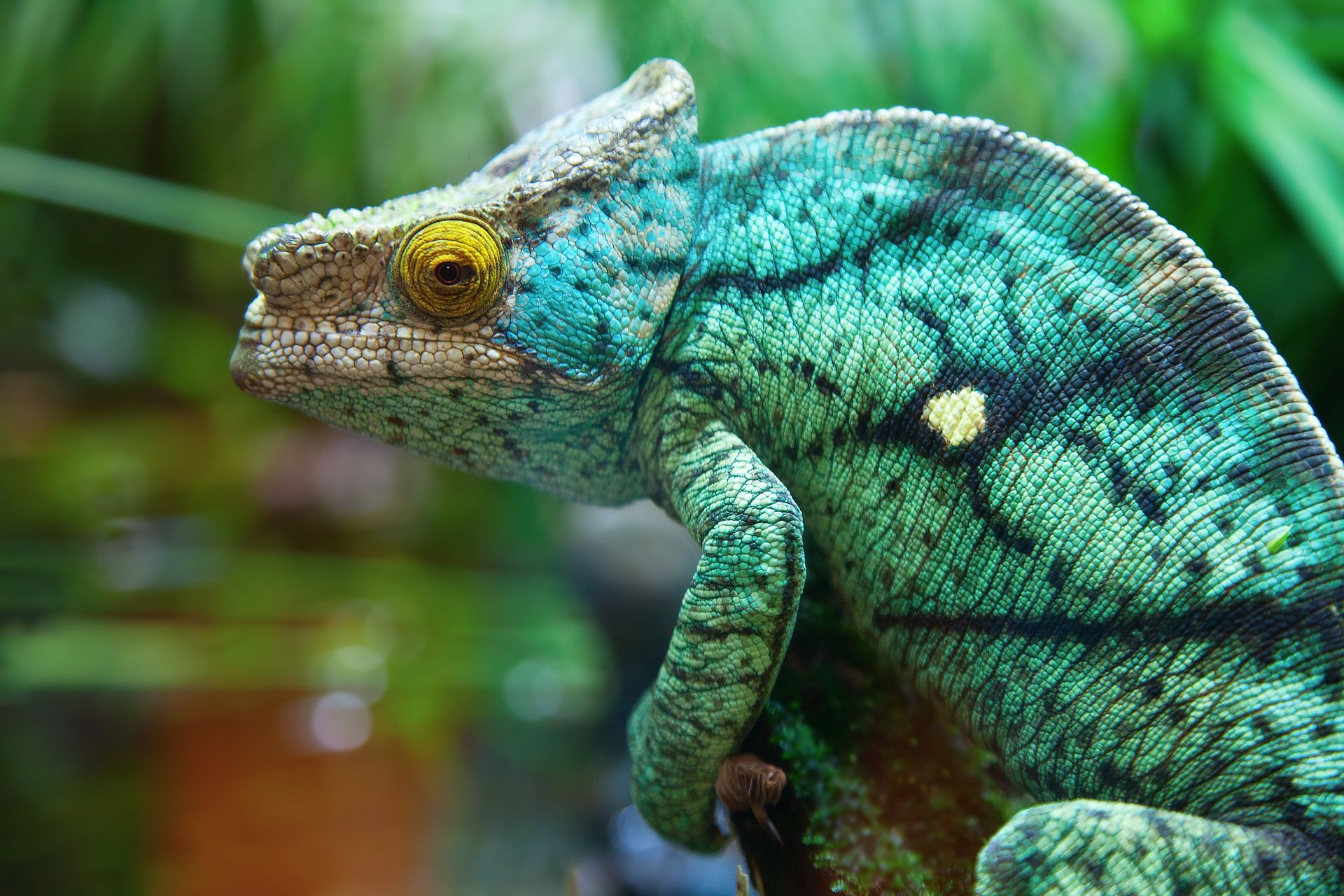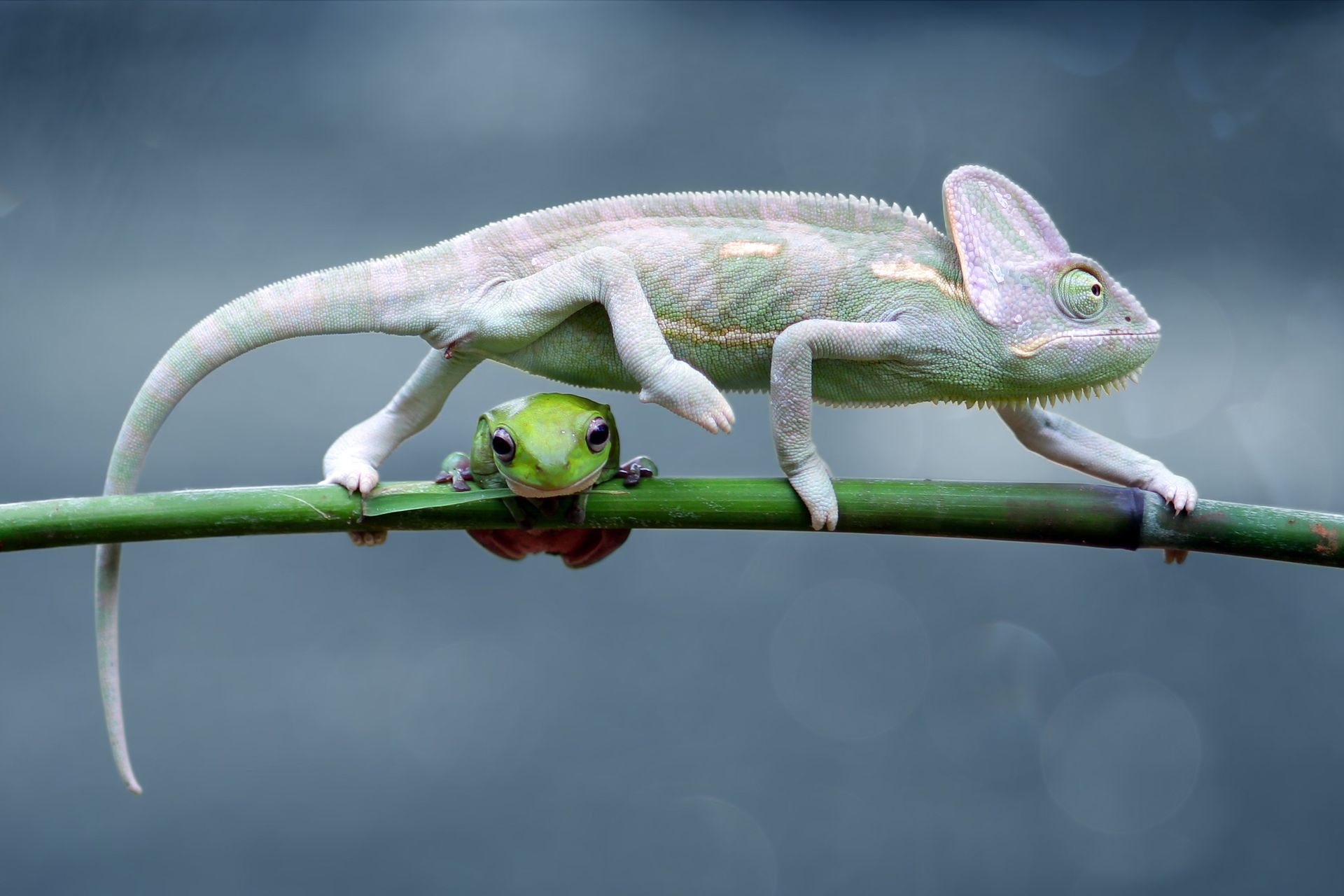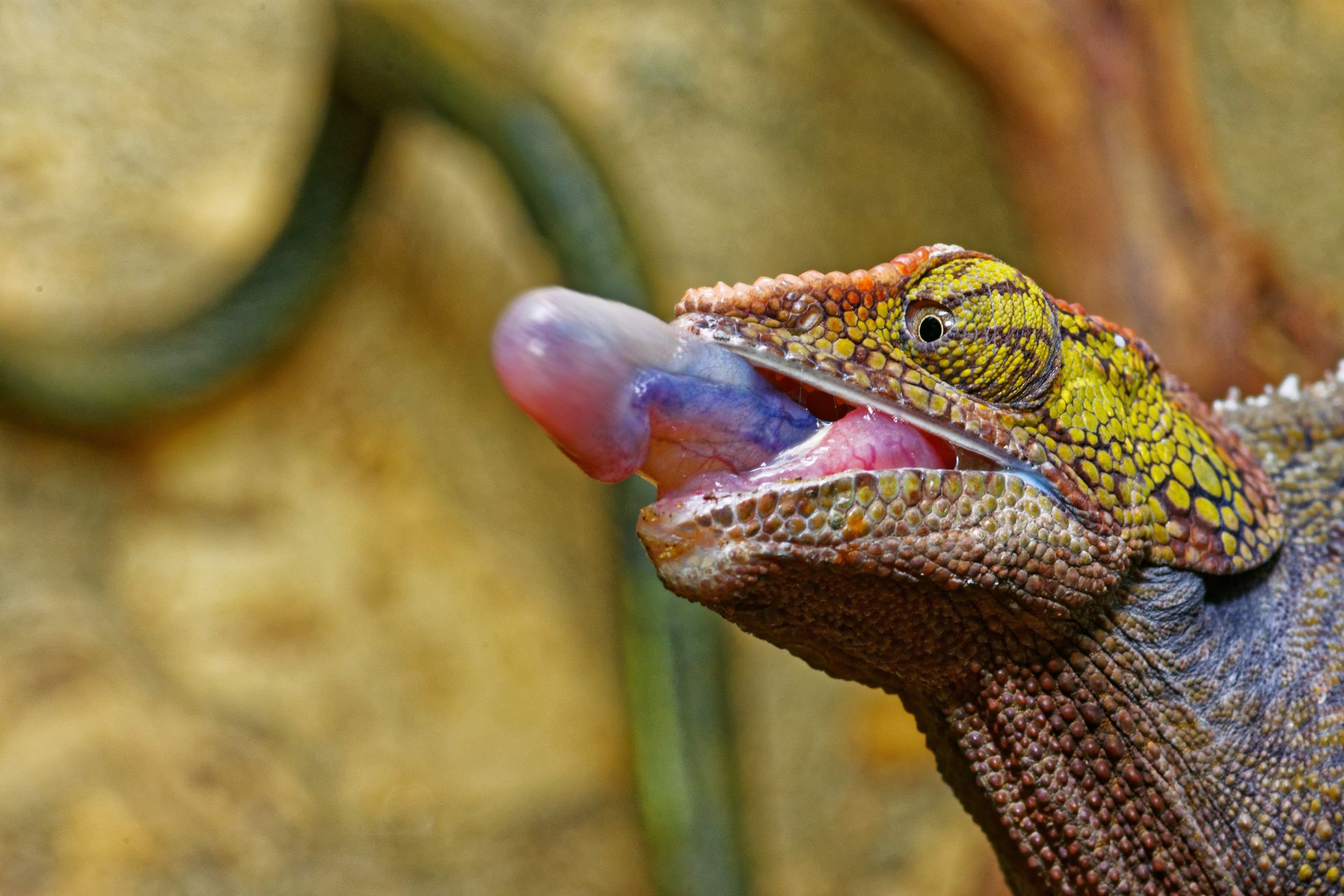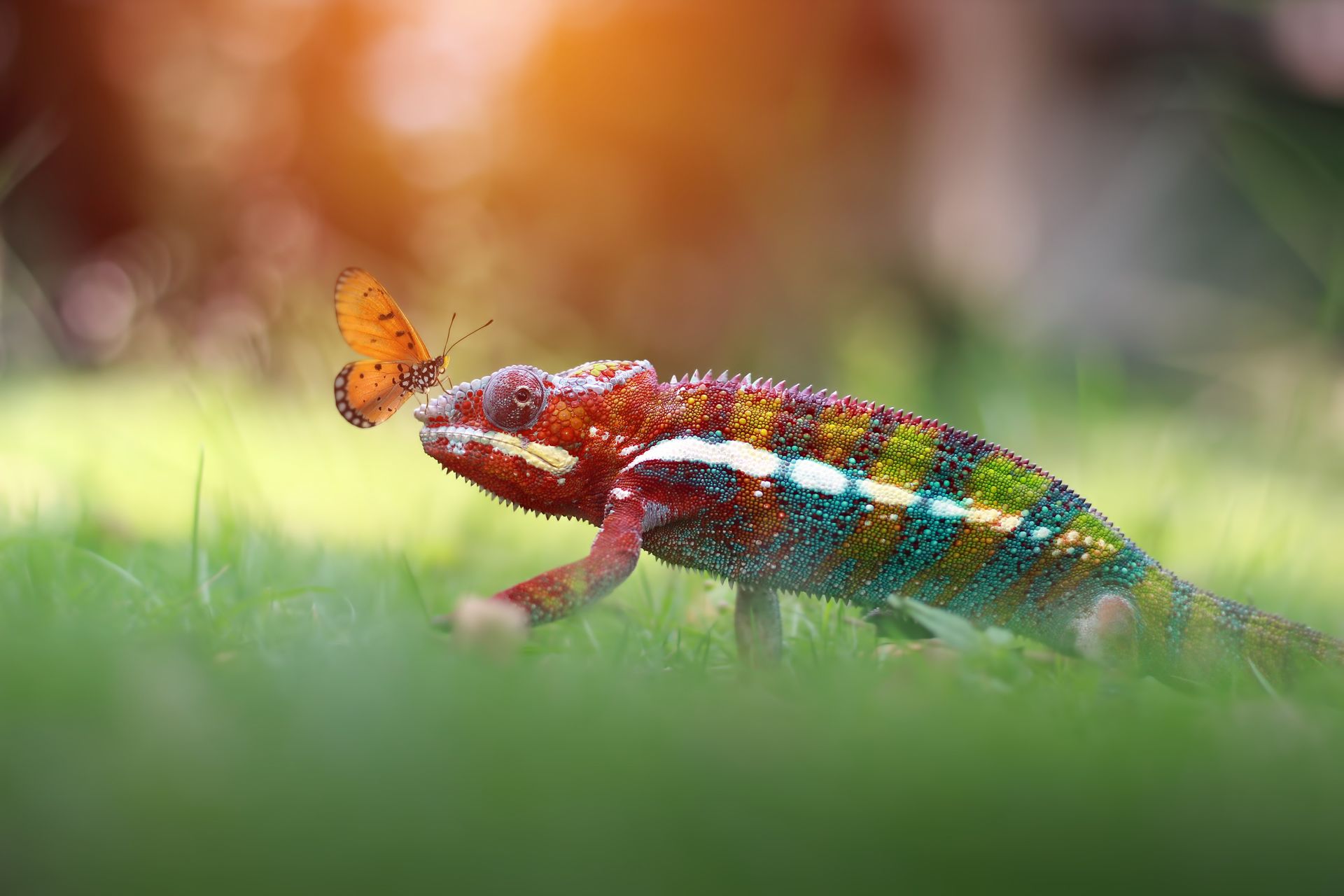Island of CourageApply Through Courage
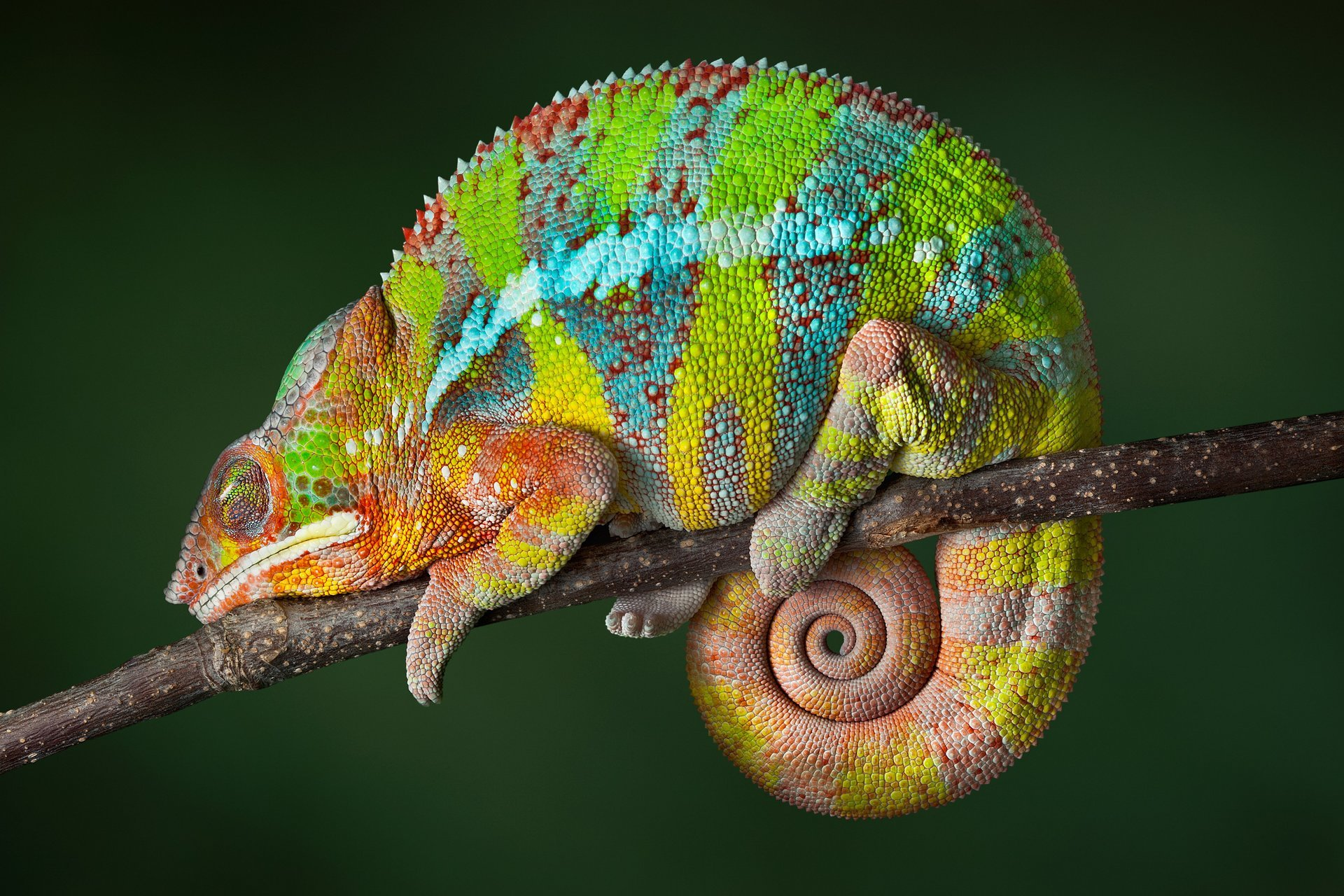
To-Bo-To
/TOH-BOH-TOH/ Master Tongue, Body, and Tone
- Tongue: Choose your words with care.
- Body Language: Be in harmony with the message you wish to communicate.
- Tone: It’s not just what you speak; it’s how you say it.
- Choose my words with care–use positive and uplifting words.
- Respect the power of the spoken and written word.
- Speak with respect for the individual differences in others.
- Be mindful of its impact.
- Practice speaking in a comfortable and relaxed manner.
- Be aware of face, posture, and hands.
- Remember Respa and Mafid while communicating.
- Always be mindful of the tone in which my words are conveyed.
- How I speak is just as important as the words I use.
- Build or destroy, strengthen or weaken
- Create negative or positive thoughts about myself and others
- Create relationships of either unity or conflict
- Speaks volumes without words
- Influences the impact of the spoken word
- Expresses emotions and feelings
- Conveys the true meaning of the message, despite the spoken word
Recommended Path:
1
2
- Listen to To-Bo-To the Chameleon.
- Write your thoughts and impressions.
- What did you learn about tongue, body, and tone and how to use each properly?
- Read the chameleon facts.
- How could you liken the chameleon to mastering tongue, body, and tone?
- Search your core books for examples or additional teachings of excellent communication. Consider searching ‘words’ in your core books.
- What did you find about the power of words?
- How does body language and tone of voice change the power of words?
4
1. A chameleon possesses the longest tongue out of the entire iguana family. When fully extended, it stretches twice as long as its body length!
2. Because of the speed by which the chameleon flicks its tongue, it creates a suction to catch its prey and draw it back into its mouth.
3. Contrary to popular conceptions, the chameleon does not change its skin color to match its surroundings; it changes color to communicate with other chameleons. Emotions such as fear or anger can cause color changes, as well as changes in light, temperature, or humidity.
4. A chameleon can rotate each eye independently of the other and has a 360-degree view of its environment. It can focus its eyes very quickly and enlarge what it is looking at, much like a camera lens.
5. What else can you learn about chameleons?



